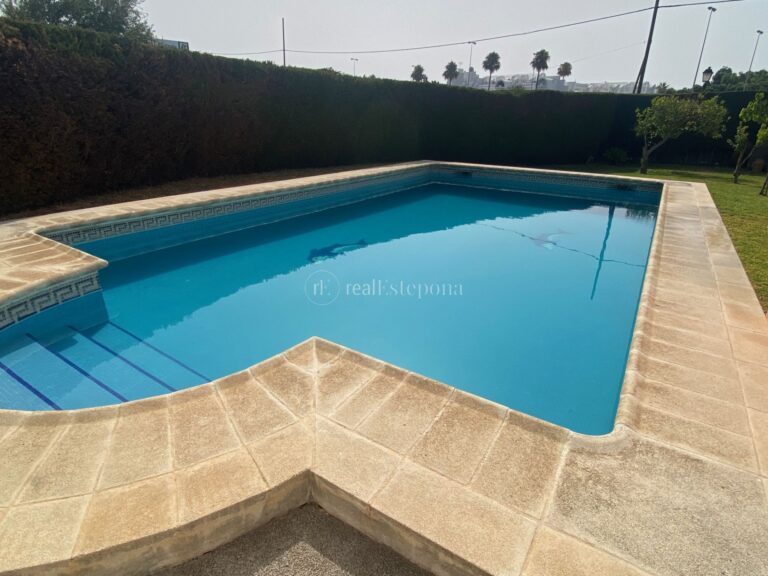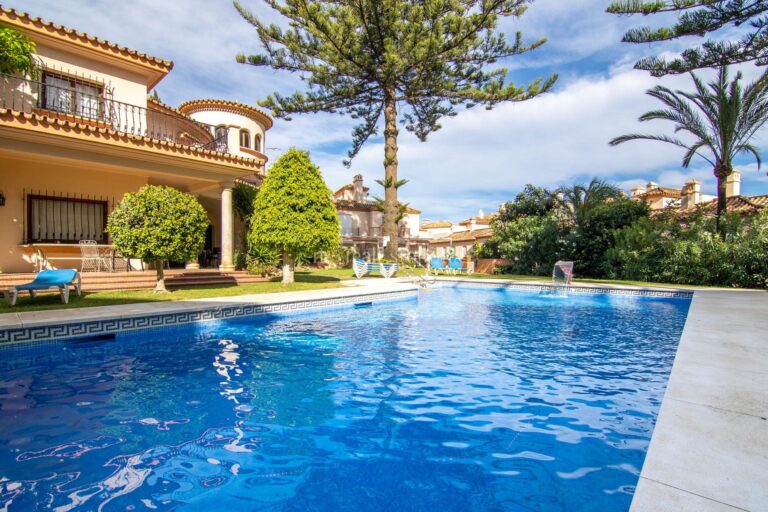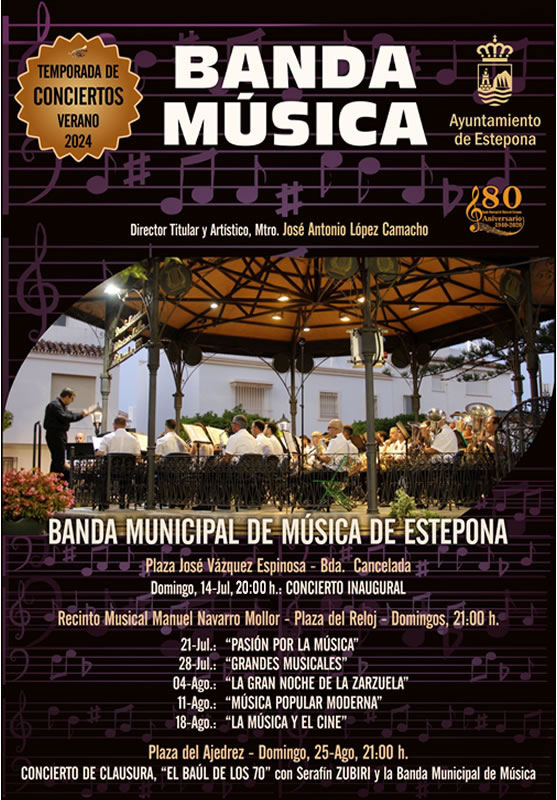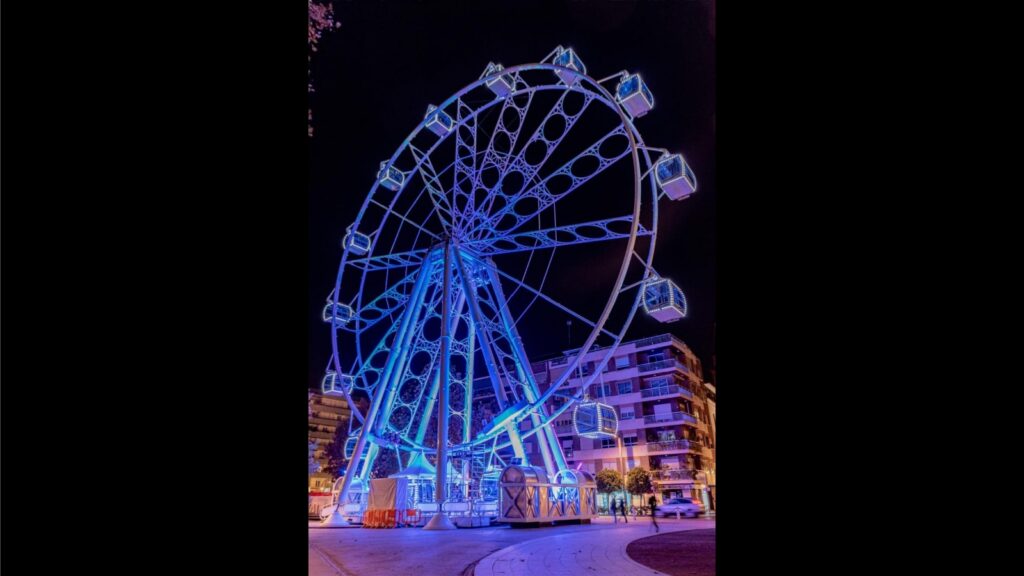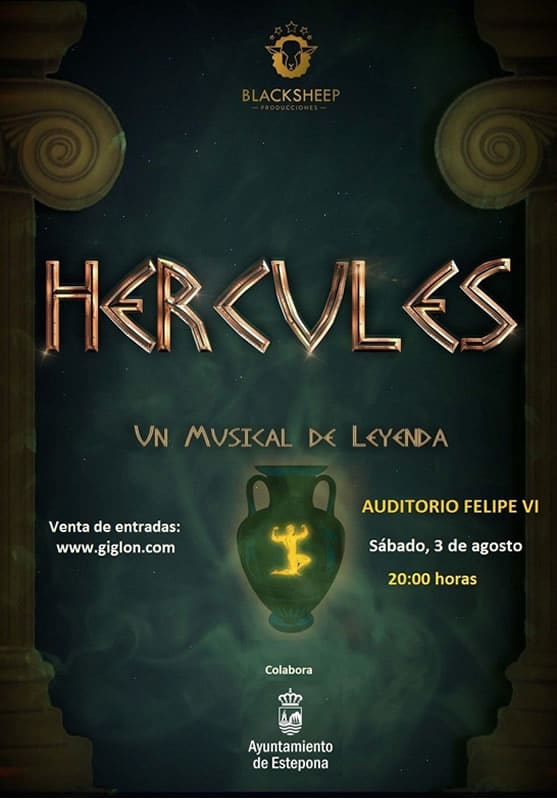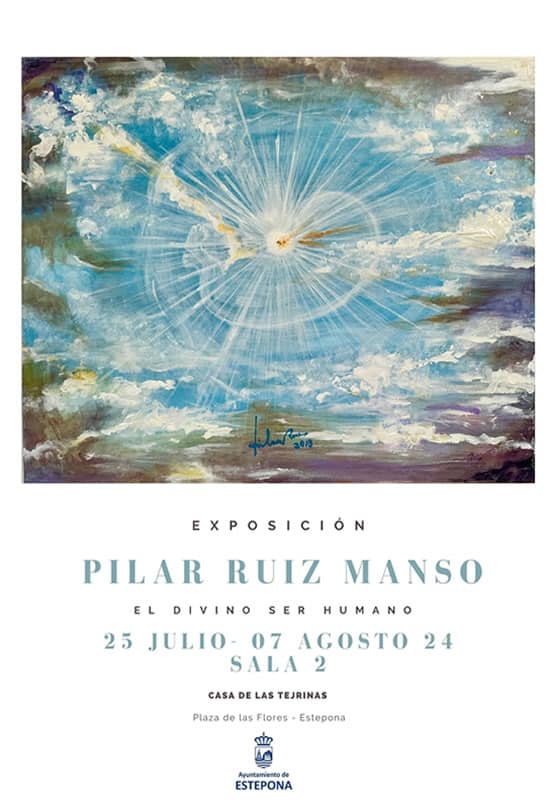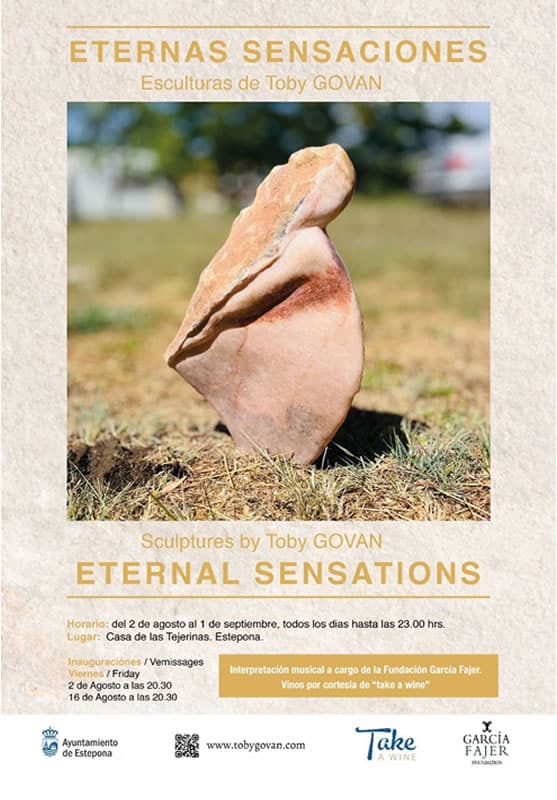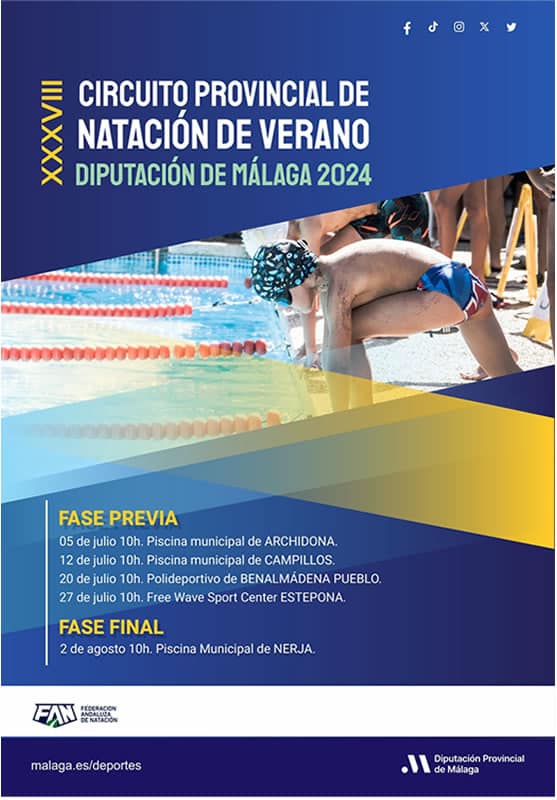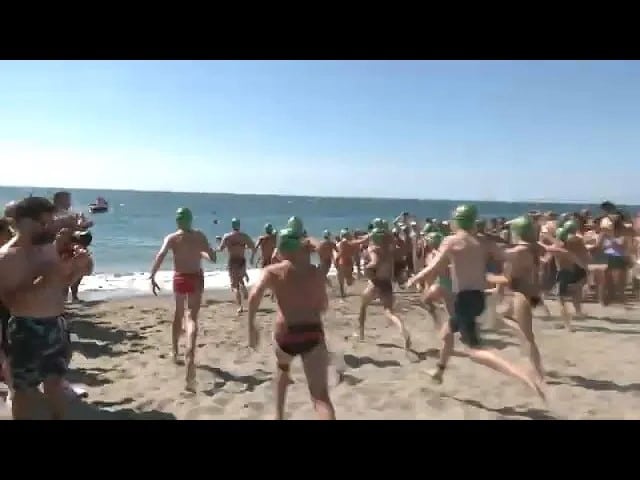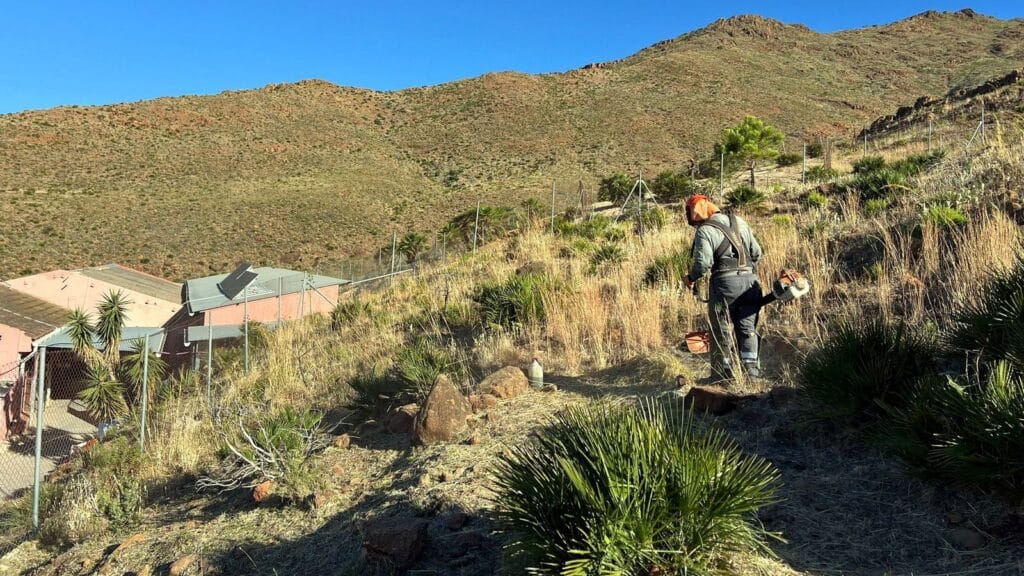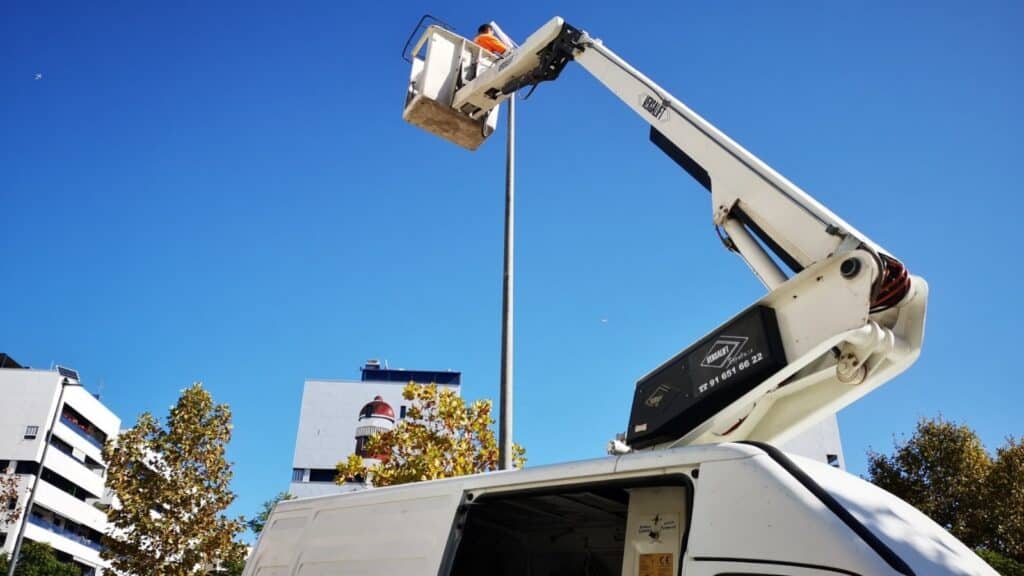A collection of Roman pottery from the Archaeological Museum of Estepona, the protagonist of a conference in the capital
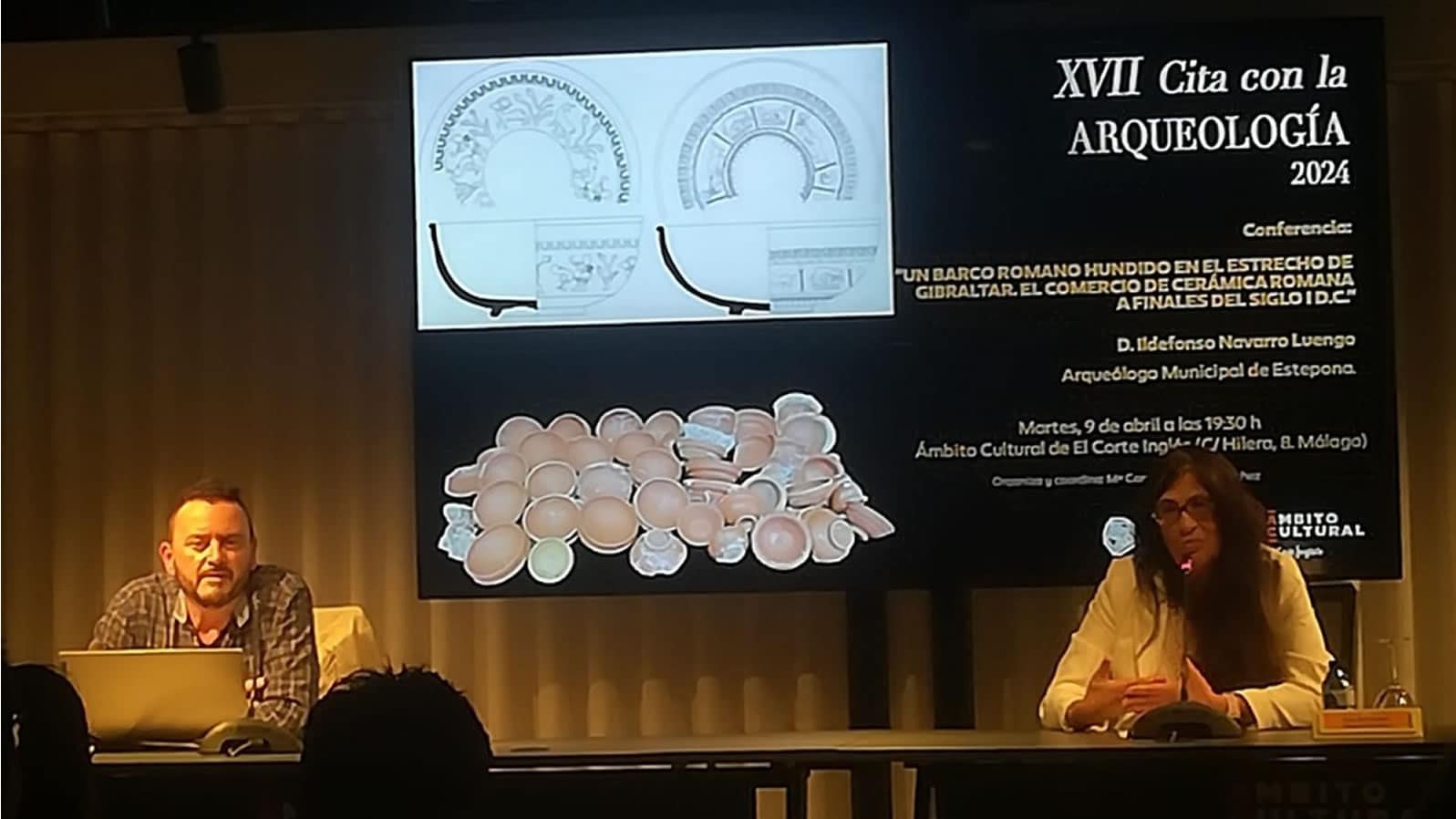
The municipal archaeologist of Estepona, Ildefonso Navarro, participated last week in the cycle XVII Rendezvous with Archaeology where he discussed the details of these pieces that are unique in Spain.
The Estepona City Council reports that a collection of ceramics from the Archaeological Museum of Estepona was the protagonist, last Tuesday April 9, of a conference given as part of the cycle XVII Rendezvous with Archaeology in the Ámbito Cultural room of El Corte Inglés in Malaga.
With an attendance of more than a hundred people, the event was presented by the archaeologist Mª Carmen Íñiguez Sánchez, coordinator of the cycle.
Ildefonso Navarro, Municipal Archaeologist of Estepona, developed the conference entitled ‘A sunken Roman ship in the Strait of Gibraltar. The Roman pottery trade at the end of the first century A.D.’, analyzing an important collection of Roman pottery, unique in Spain, exhibited in the Archaeological Museum of Estepona.
This collection of several hundred pieces of pottery has been extracted during the last decades by fishermen’s nets from the port of Estepona, from a Roman ship sunk at great depth. The detailed study of these vessels has revealed that they are the cargo of a ship from the south of France that sank some 1,900 years ago in the Strait of Gibraltar.
This is one of the most important collections of this type of Roman pottery in Spain, and much of it is on display in one of the rooms of the Archaeological Museum of Estepona.
Last year, the prestigious publishing house La Ergástula, specialized in archaeological studies, published a book about this find, written by Macarena Bustamante, professor at the University of Granada and Ildefonso Navarro, municipal archaeologist of Estepona. The book studies this unique set of vessels, within which it has been possible to identify more than 150 examples sealed by the potters, which has made it possible to propose a date for the sinking of the ship between 90-100 AD.






